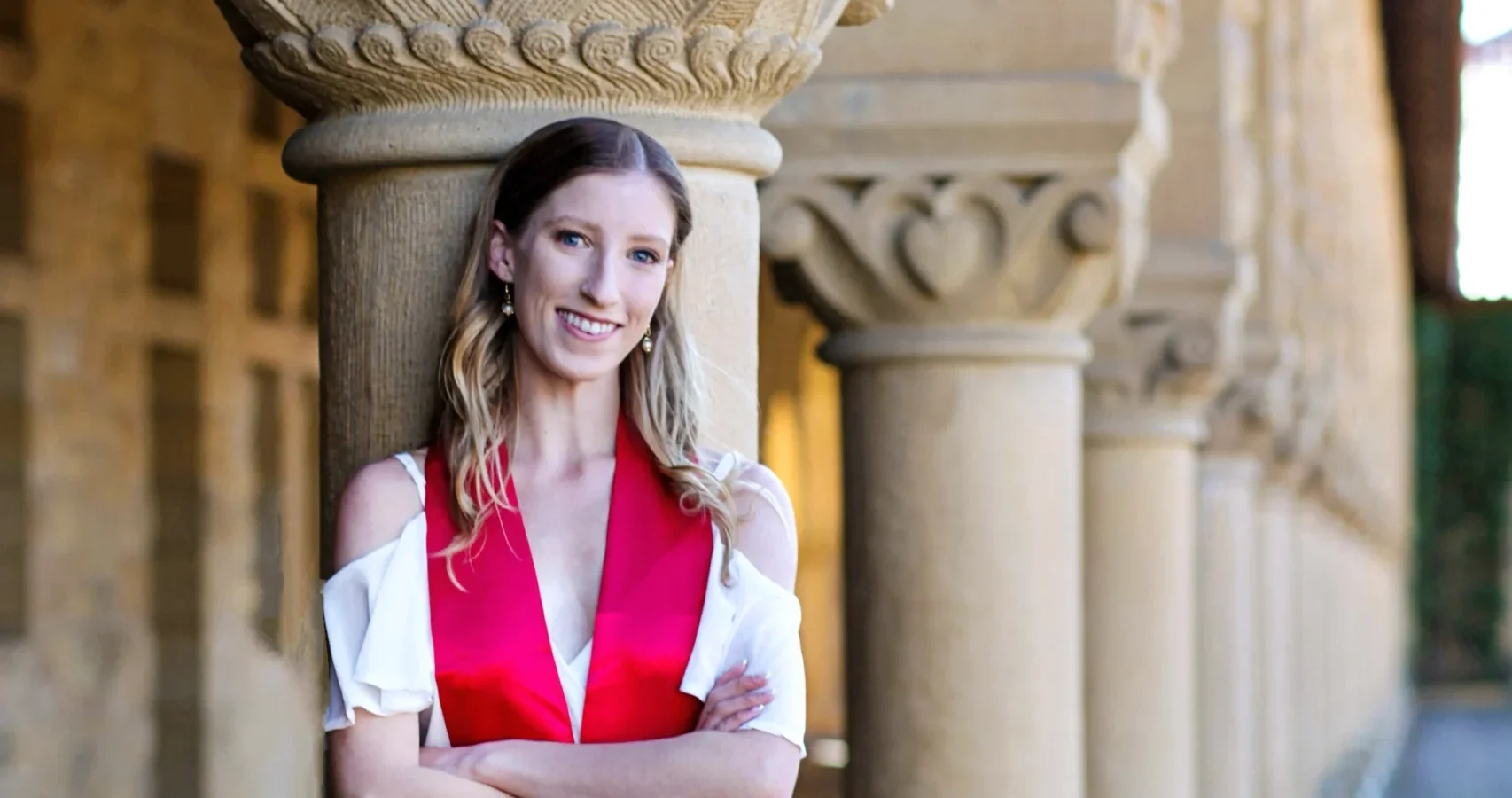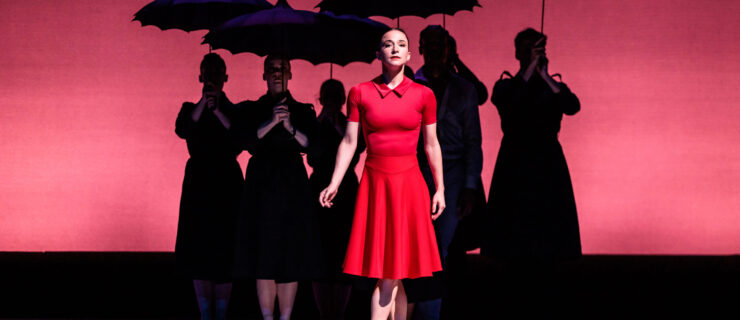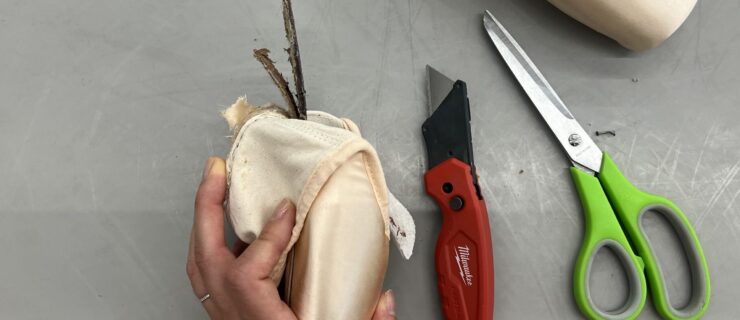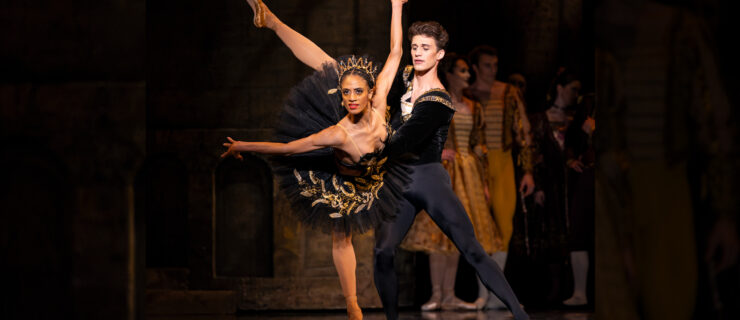Meet Ellie Prince, the Louisville Ballerina Studying Robotics
By the time she was a senior in high school, Louisville Ballet company artist Ellie Prince found herself with two offers: a trainee contract with the Louisville Ballet and acceptance into Stanford University.
“I had an existential realization that I wholeheartedly, without a doubt, wanted to be a professional ballet dancer,” Prince says. “But I also needed to grow into an experienced, capable human first. And for me, that meant getting a university education and engaging with the world beyond ballet.”

She chose to accept the trainee contract and defer Stanford for a year. While with the studio company, she danced dream roles, including Balanchine’s “Rubies.”
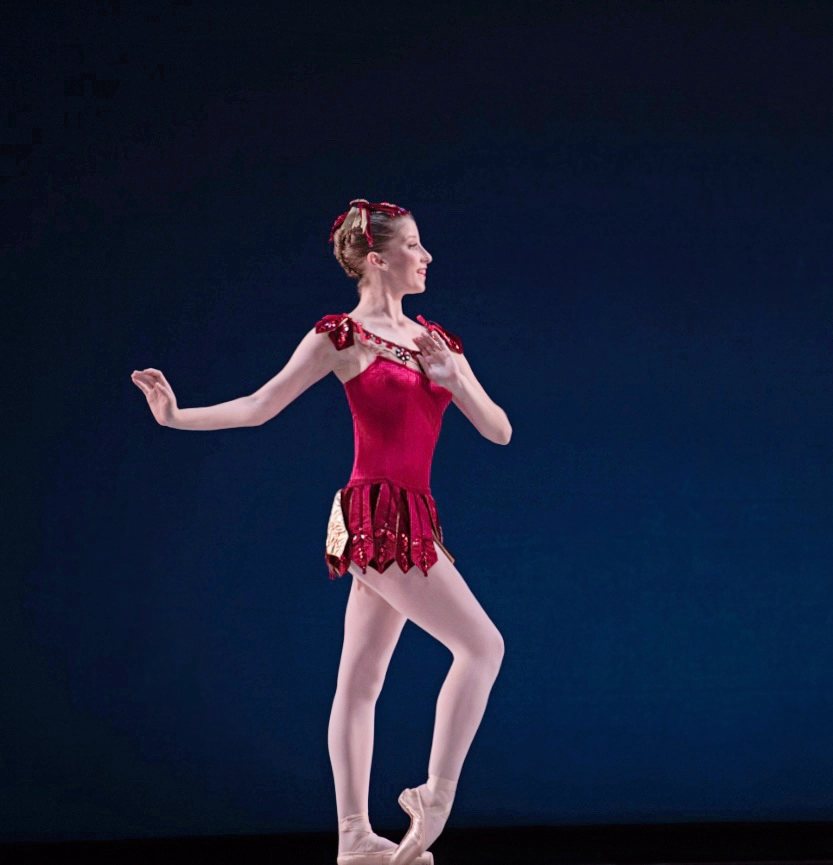
Still, when the time came to accept or turn down enrollment at Stanford, Prince decided to take the leap. “It was terrifying because I hadn’t seen many other dancers go to college for a nondance major before professional careers, and there was no guarantee of coming back,” says Prince. She resolved to maintain her ballet training while getting her degree.
Prince enrolled in Stanford and took her time before declaring a major. She tried classes in every subject that interested her, before landing on mechanical engineering.
“Mechanical engineering is a broad major. It encompasses a lot of different types of problem-solving,” Prince says. “What I liked about it was I didn’t have to pigeonhole myself into doing one thing.”
Growing up, Prince was fascinated by outer space exploration, so she initially thought aerospace engineering might be her path. When she discovered some of the more down-to-earth applications of robotics, like self-driving cars, she changed her focus. “There’s a lot of robotics that affects everyday people, not just rockets launching once a year,” she says.
Prince decided to study robotics and research self-driving cars and how they can help those with mobility issues, reduce traffic disasters, and promote sustainability. Much of her work had to do with planning movement in autonomous robots, which she compares to figuring out a ballet step.
“Robotics is all about defining space and movement, and then articulating how you want a machine or a robot to move through it,” Prince says. “I think the logic and puzzle-like nature of it is what’s most exciting to me, because it feels like another challenge in the studio.”
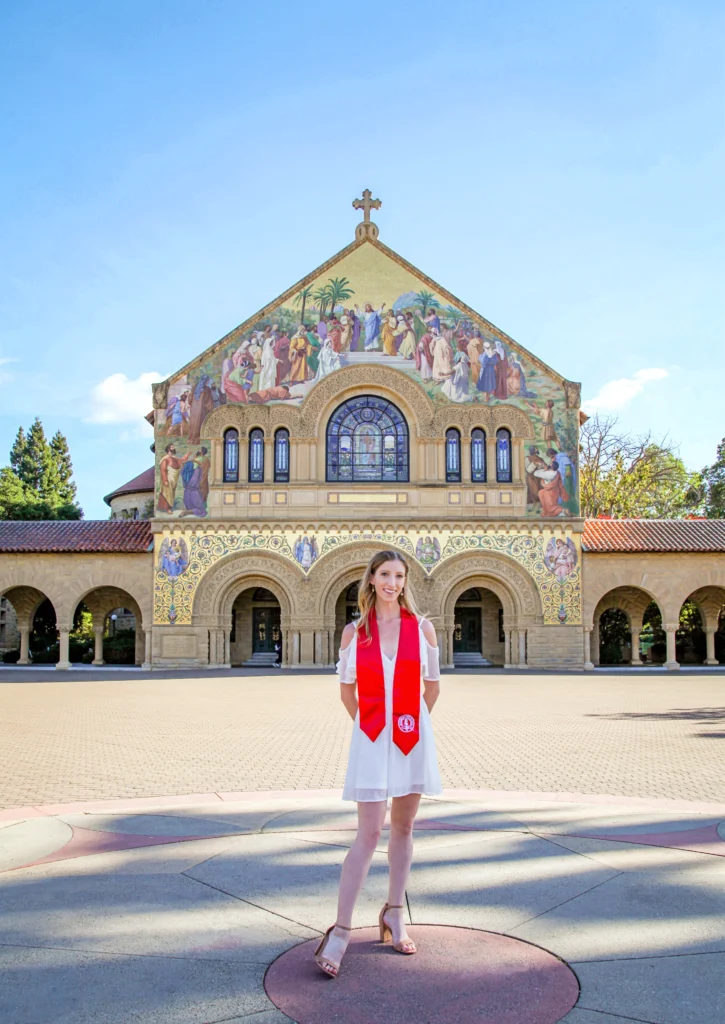
While in school, Prince worked on robotic planning and behavior with self-driving car companies Waymo and Cruise, as well as the self-driving car division at NVIDIA. “The work is very spatial, similar to ballet, so you’re thinking about the geometry and spacing of everything around you. When you have four wheels, there’s a lot of constraints on how you can move in space. Then you add people’s perceptions of time, space, and intent,” Prince says. “It’s such a weird thing to try and encode into numbers. It’s a really cool problem, but also such an important one to solve.”
Prince balanced her rigorous academic schedule with maintaining a high level of ballet training. Because she was not a dance major, much of her training had to be self-crafted from many sources and with the help of several mentors.
She took daily ballet classes with Alex Ketley and Anton Pankevich through Stanford, commuted to class at contemporary ballet companies in San Francisco, and took advantage of solo studio time. She also performed with Stanford’s student-run Cardinal Ballet Company, and served a year as its executive director. Sometimes she did homework in the dance studio, switching from her studies to rehearsing a variation and back again. During the summers, Prince trained at intensives like ABT, Pittsburgh Ballet Theatre, Kansas City Ballet, and Jacob’s Pillow to maintain her stamina for a full-time dance schedule.
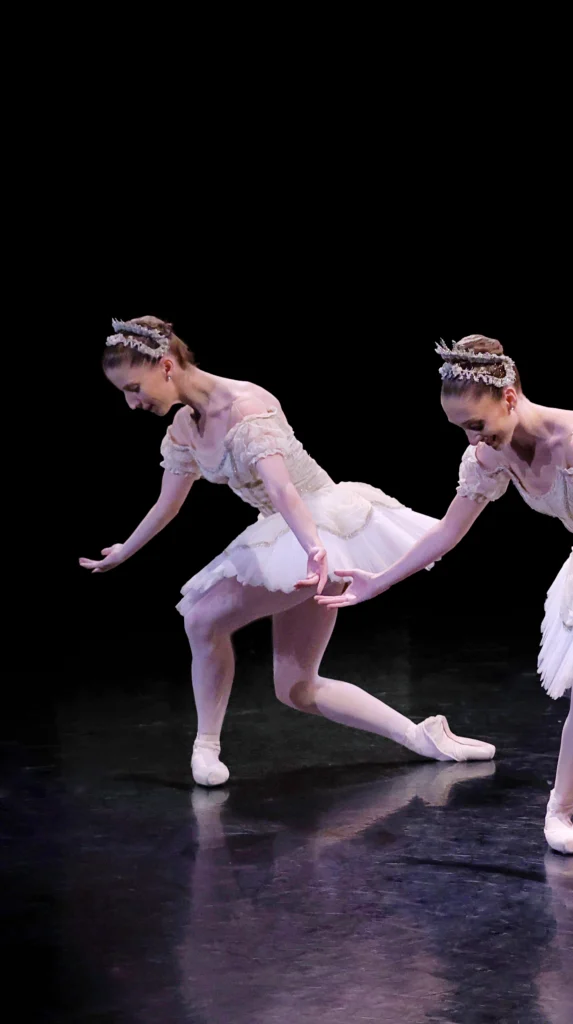
Prince received her undergraduate degree and had begun working on her master’s, also in mechanical engineering and robotics from Stanford, when she auditioned for companies and received a company contract from Louisville Ballet.
Now a full-time company member since 2023, Prince continues to complete coursework towards her master’s as her ballet schedule allows. She cites her research advisor, Mykel Kochenderfer, as one of her biggest supporters. “He always encourages his advisees in whatever they’re doing,” Prince says. “I’ve gone to him about what I want to study and research, and also said, ‘This is the ballet path I’m taking,’ and he still checks in about it. I even help his daughters with ballet!” She also acknowledges the support she’s received from her fellow Louisville Ballet dancer and Stanford grad Sanjay Saverimuttu, and the inspiration she took from former Louisville Ballet dancer Natalia Ashikhmina, who she grew up watching before joining the company herself.
Prince’s path into professional ballet is not the norm, but it has allowed her to find the commonalities between robotics and ballet, and success in both fields. “In both ballet and engineering,” Prince says, “you have this set of rules to operate within, whether that’s the laws of physics or ballet technique, as it was defined many, many years ago. But how you manipulate them and work within them creatively is very up to you.”
